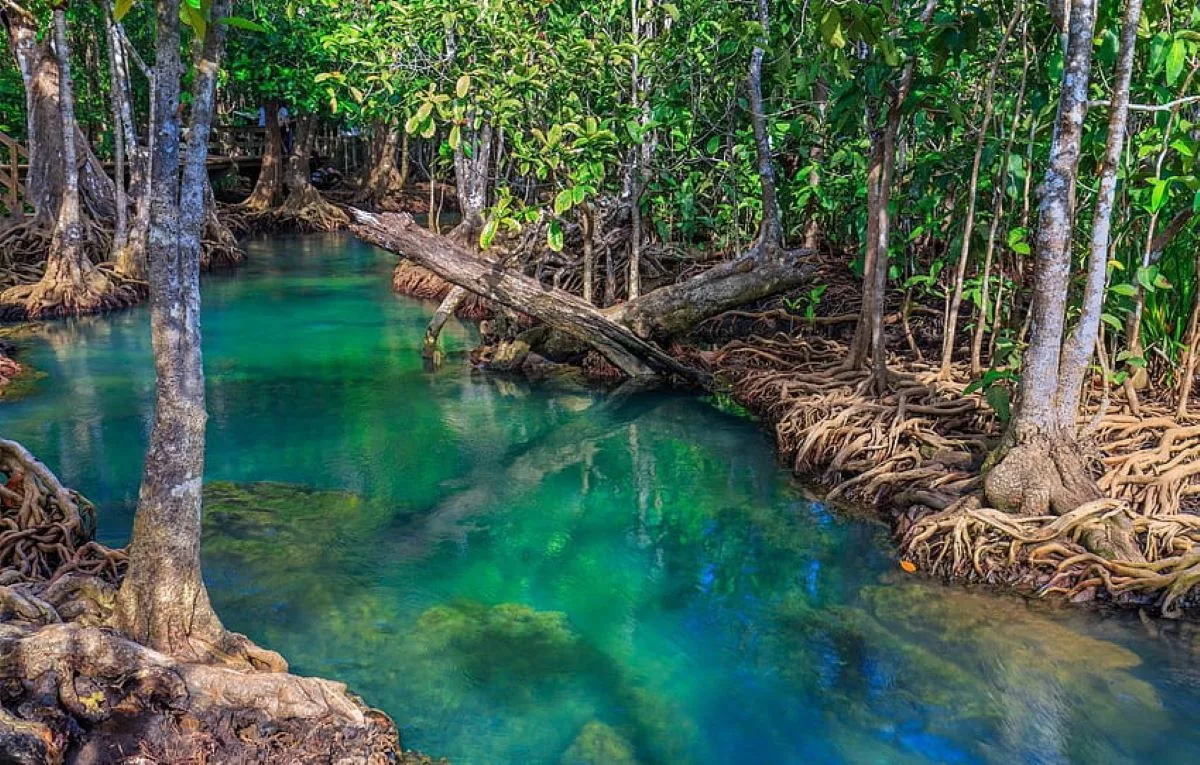
International Day for Conservation of Mangrove Ecosystem: Preserving Coastal Guardians
The International Day for the Conservation of the Mangrove Ecosystem is a significant observance held annually on July 26th. This day is dedicated to raising awareness about the vital role that mangrove ecosystems play in our environment and promoting sustainable practices to protect them. Officially adopted by the General Conference of UNESCO in 2015, this day seeks to highlight the importance of mangroves as distinct, precious, and delicate environments.
Significance of Mangrove Ecosystems
Mangroves are coastal ecosystems that straddle the line between land and sea, found in tropical and subtropical regions around the world. These unique habitats offer a wide range of ecological benefits and are crucial for the wellbeing, food security, and protection of coastal communities. Some of the key significance of mangrove ecosystems includes:
- Biodiversity Support: Mangroves provide a rich and diverse habitat for various marine species, including fish, crustaceans, and numerous other organisms. The complex root systems of mangroves act as protective nurseries, offering shelter from predators and extreme weather conditions for these marine creatures.
- Coastal Protection: One of the essential roles of mangrove forests is acting as natural barriers against natural disasters like tsunamis, storm surges, and erosion. The intricate root network of mangroves helps dissipate wave energy and stabilizes shorelines, reducing the impact of coastal hazards on nearby communities.
- Carbon Sequestration: Mangroves are highly efficient in sequestering carbon dioxide from the atmosphere. The soils of these ecosystems act as carbon sinks, capable of storing up to 10 times more carbon than terrestrial forests. This feature makes mangroves a vital player in mitigating the effects of climate change.
- Food Security: Mangroves are an essential source of food and livelihood for many coastal communities. They provide fish and other seafood, offering a reliable source of sustenance and income for local populations.

Mangroves in India
India, with its vast coastline, is home to significant mangrove ecosystems. According to the Forest Survey Report 2021, the mangrove cover in India has shown positive growth, increasing by 17 sq km compared to the 2019 assessment. Currently, the mangroves spread across 4,992 sq km. Some states that have shown the highest increase in mangrove cover include Odisha, Maharashtra, and Karnataka.
History of the International Day for the Conservation of the Mangrove Ecosystem
UNESCO established the International Day for the Conservation of the Mangrove Ecosystem during its General Conference in 2015. The primary objective of this day is to generate awareness about the critical value of mangrove ecosystems and to promote their preservation and sustainable development.
Despite their ecological importance, mangrove forests face numerous threats that have led to a significant decline in their extent over the past few decades. One of the primary challenges is shrimp farming, where large areas of mangrove forests are cleared to create shrimp breeding ponds. This practice involves the excessive use of antibiotics and chemicals, causing irreparable damage to the delicate ecological balance of the forests.
Additionally, the valuable wood from these ecosystems is often exploited for profit, and mangroves are also harvested for charcoal production, leading to severe deforestation. Urban development, including road construction and river diversion for irrigation, further disrupts the mangrove habitat, especially as most mangroves are located in estuarine environments.
Preserving Mangroves for Future Generations
It is crucial to recognize the value of mangrove ecosystems and the numerous benefits they offer to our planet and communities. Efforts must be made at both local and global levels to conserve and restore these valuable coastal guardians. Sustainable practices, responsible coastal development, and stringent measures against illegal activities that harm mangroves are essential for their survival.
On this International Day for the Conservation of the Mangrove Ecosystem, let us come together to protect these vital coastal habitats and ensure a healthier and more sustainable future for our planet and generations to come.





